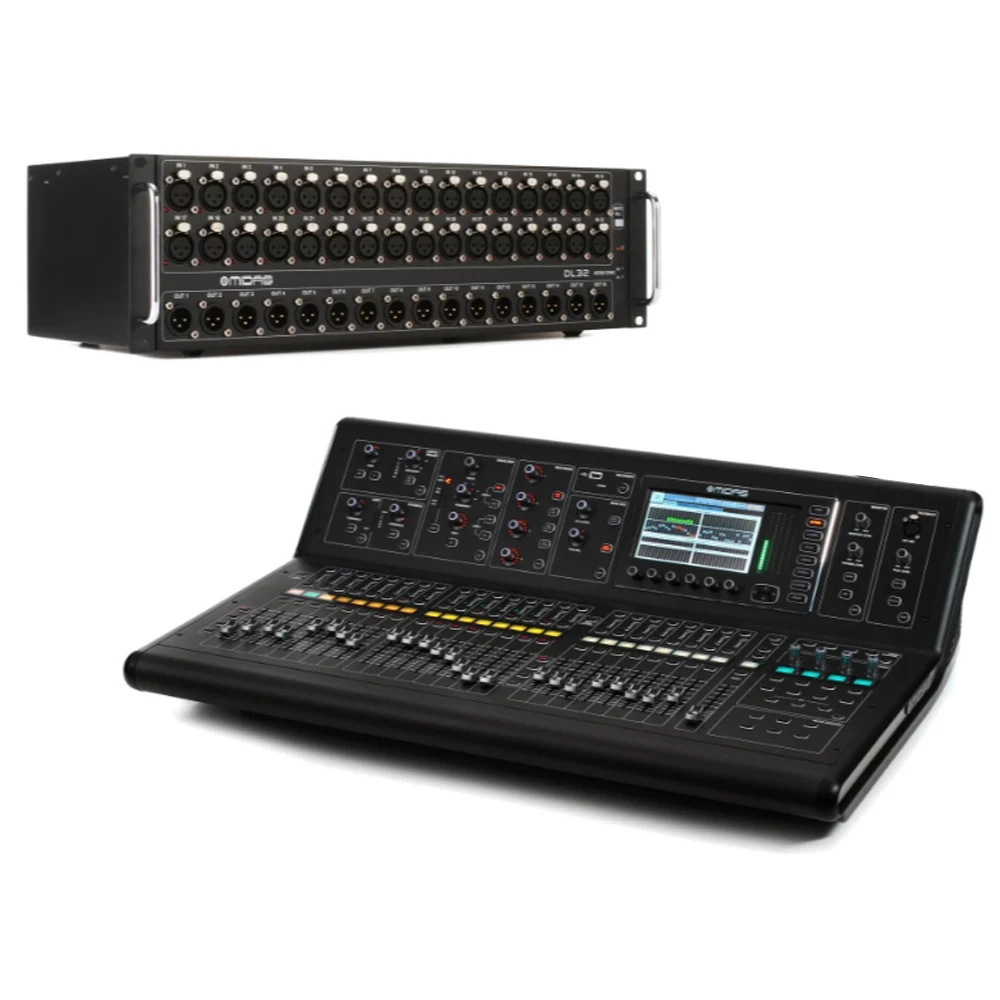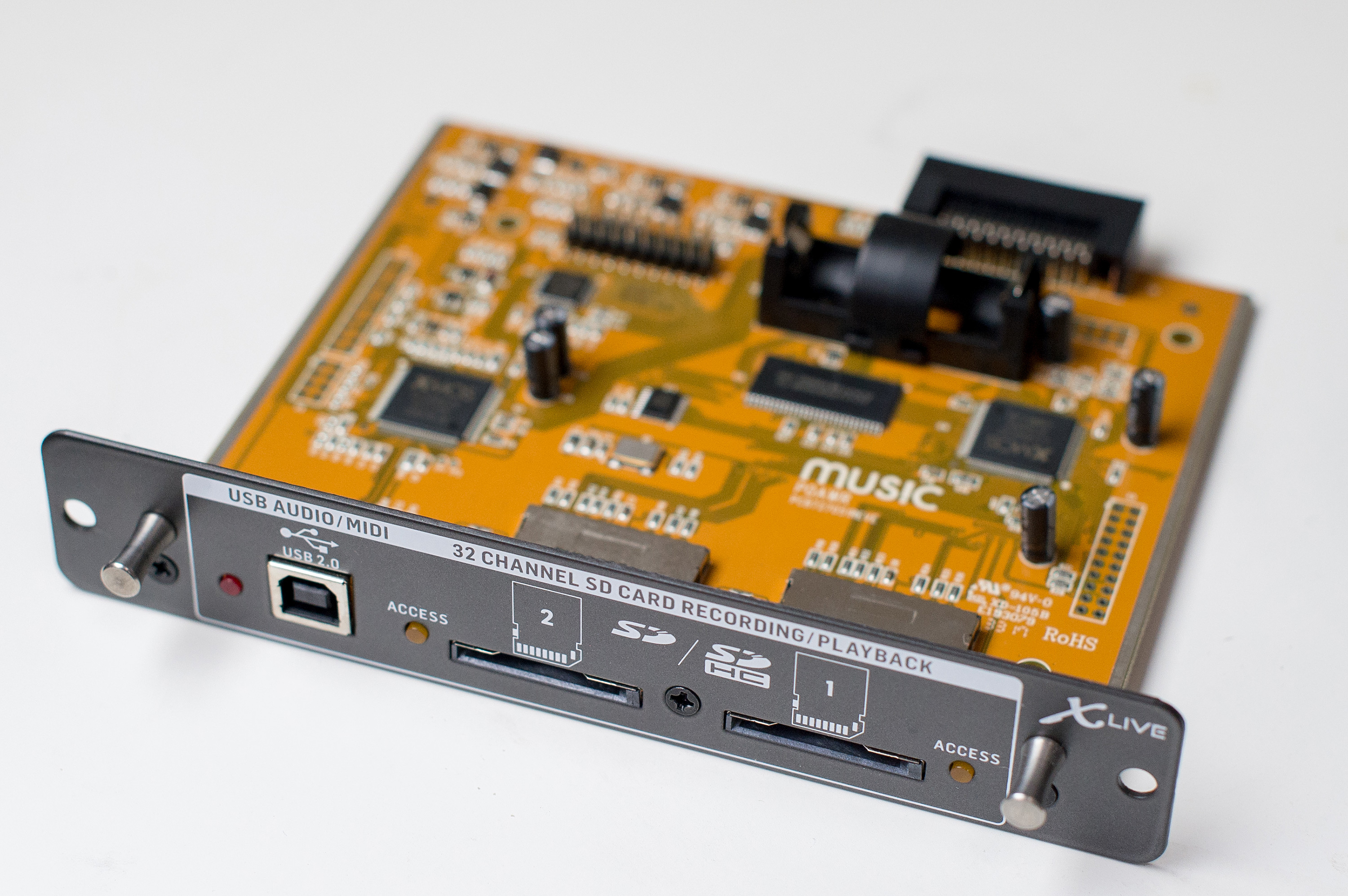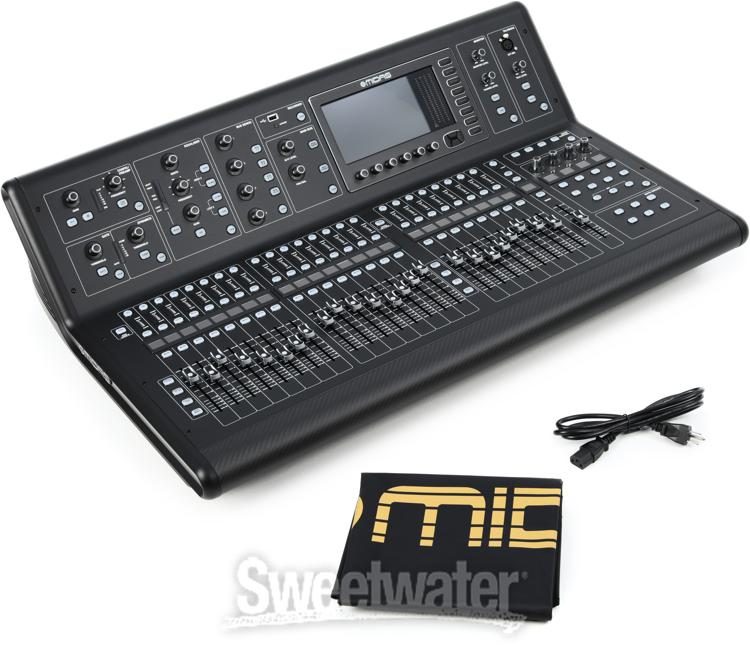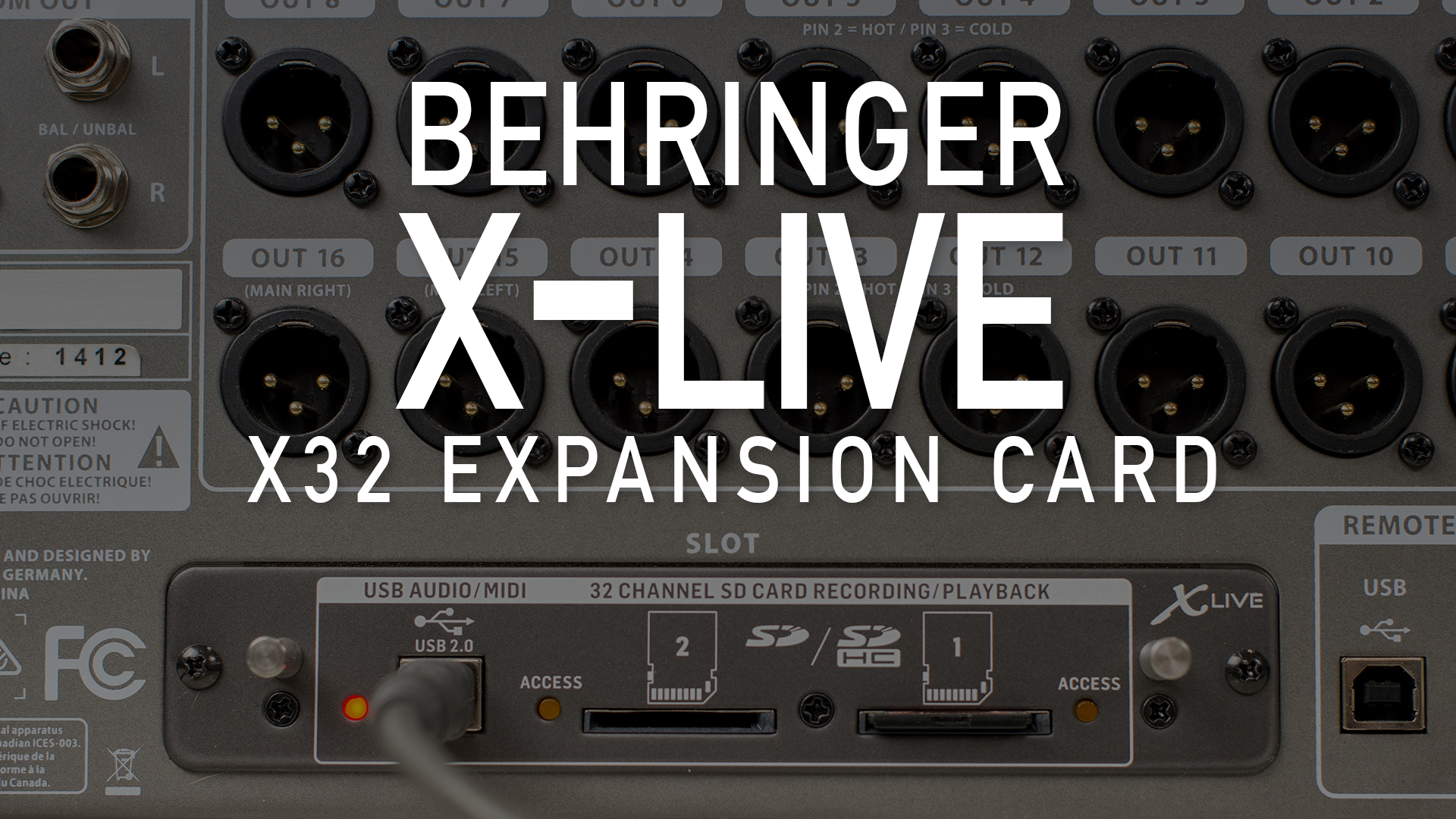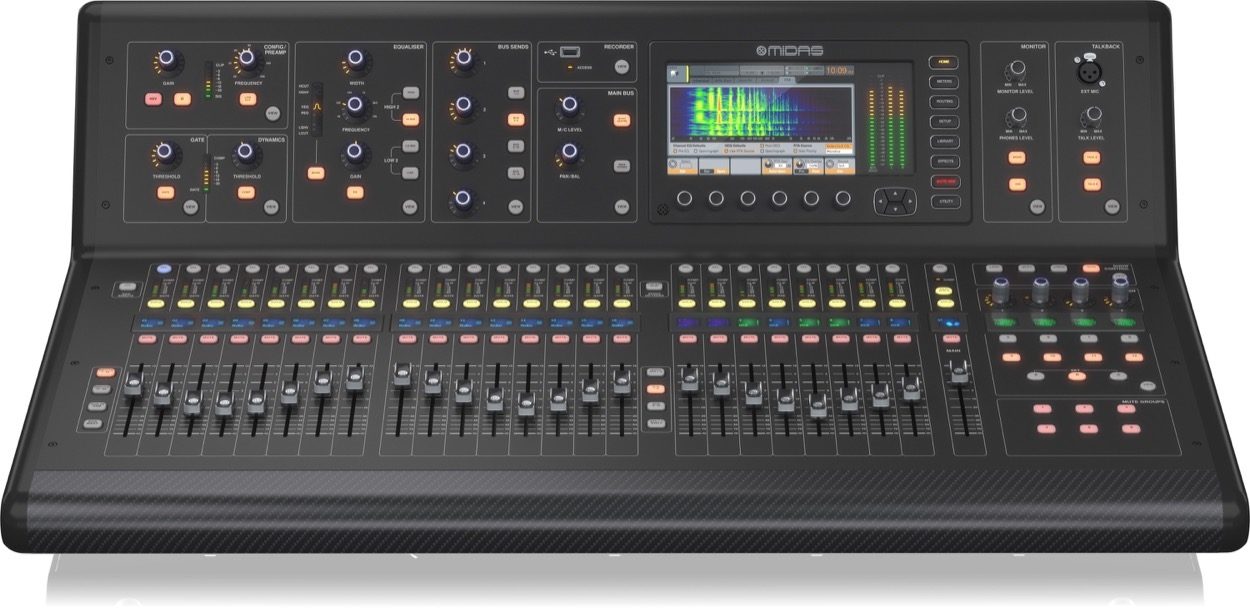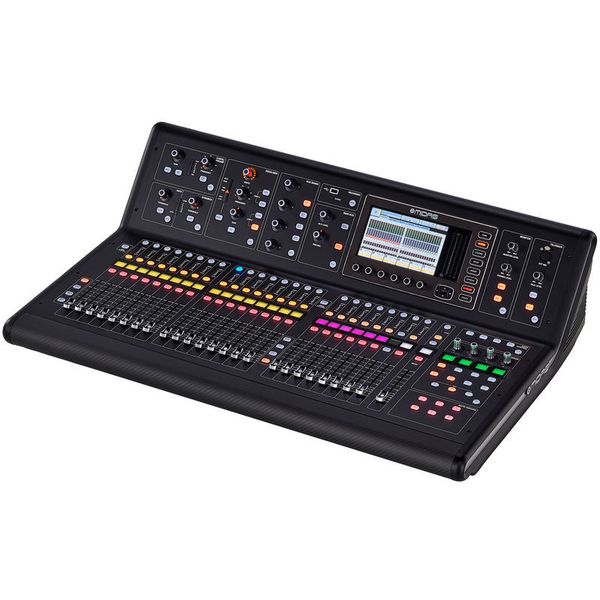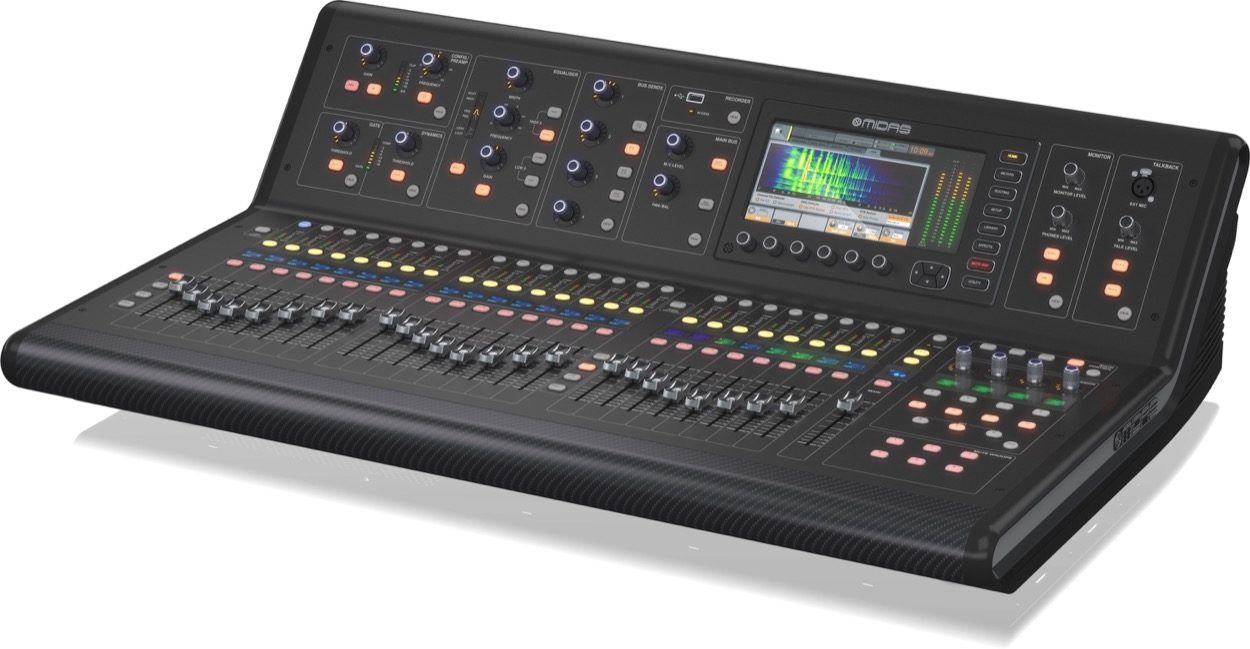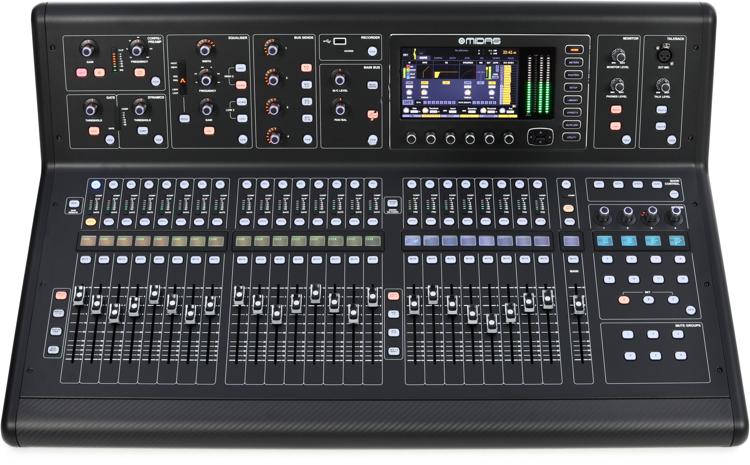
10. Upgrading a MIDAS M32 Family part 1 setting up your USB stick and downloading software - YouTube

Midas M32 LIVE 40-channel Digital Mixer Console Professional Audio For Stage Sound of Concert Living Show - AliExpress

Forerunner Technologies Inc. - Turn your X32 or M32 into a mixer with multi-track recorder. Practice & develop your mixing skills by doing Virtual Sound Check, do these with the The Cymatic
